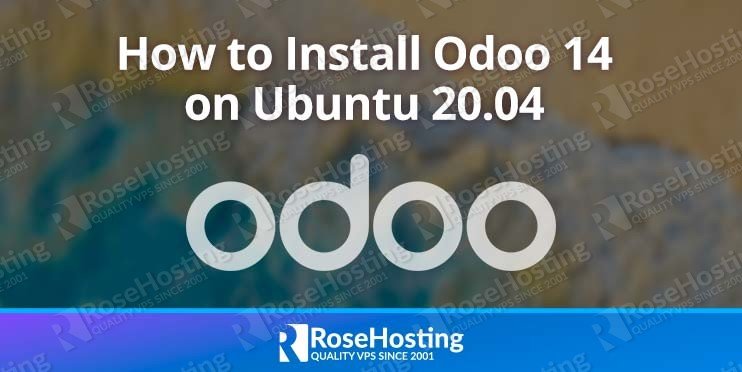
In this tutorial, we will be showing you how to install the Roundcube Webmail email client on our latest Ubuntu 20.04 VPS, LTS release (Focal Fossa). Roundcube is a free and open source webmail client.

Roundcube has an intuitive and user-friendly interface translated in more than 80 languages. Its excellent UX makes Roundcube one of the most popular webmail solutions in the world. The installation of Roundcube is pretty easy and it can run on any Linux server with either a LAMP or LEMP stack. It can also run on almost all web servers and database servers. With all of this, let’s start our installation process.













